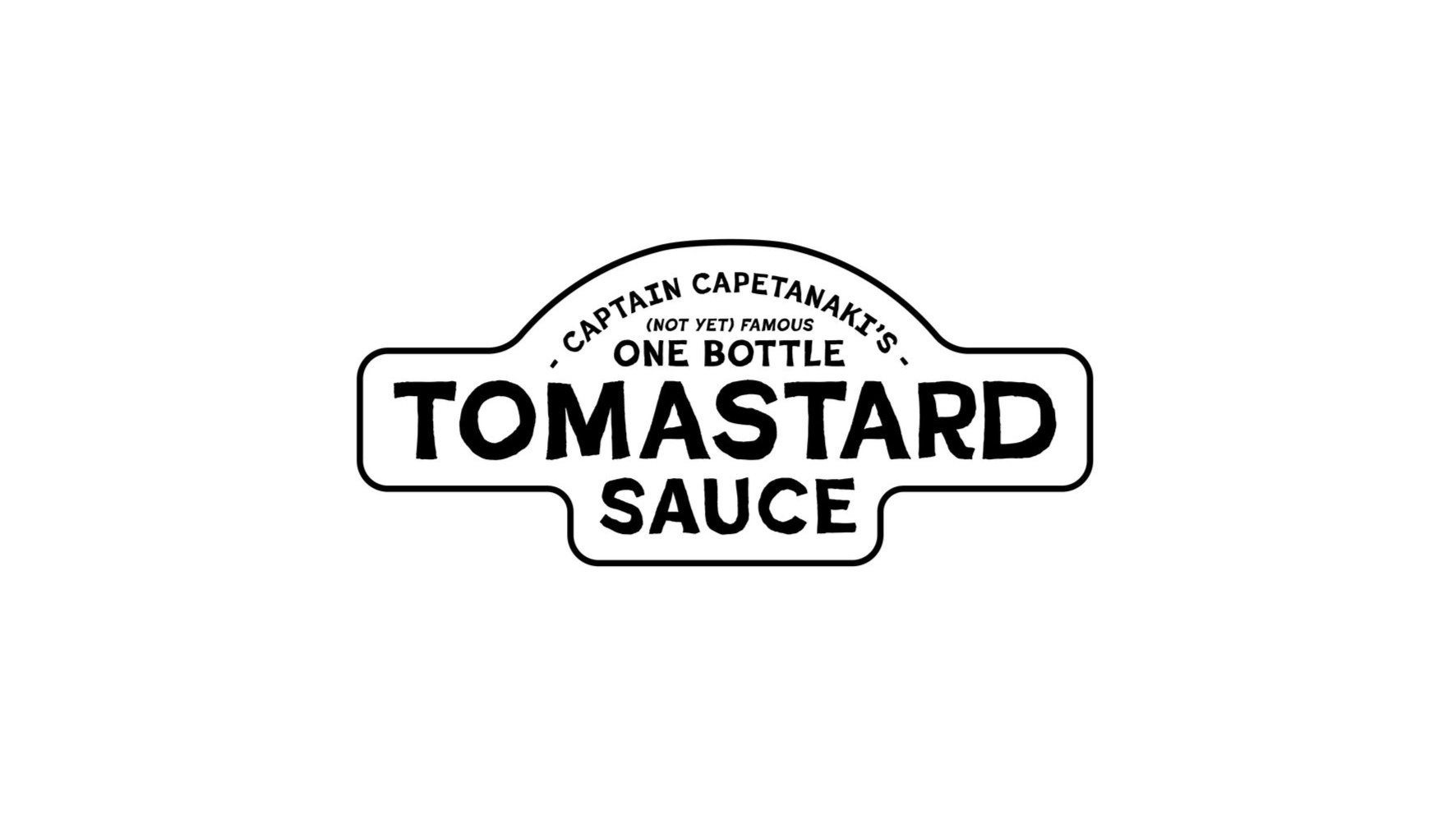Me vs AI
How was this Sauced?
Like a weaver in the 1800s… a draftsman in the 80s… corded headphones in the 2020s, we are all worried about becoming redundant. With AI rapidly improving, it's looking likely.
I wanted to test, is this really the case? For my final project at university, I unpacked this fear.
I created a specific brief for a silly idea, tomato sauce and mustard in the same bottle, for easy snag application. I then tackled this brief using my (somewhat) traditional techniques, repeating it again using only publicly available AI software. The results were interesting. The project was completed in August 2023… I believe if I repeated it now in mid 2024, the results could be much more worrying.
For a detailed analysis see the full project here.
View the full
project here

-
The juxtaposition between my own capabilities and those of AI has proven to be a fascinating exploration. In certain realms, AI not only kept pace with me but even surpassed my performance. This was particularly evident in tasks involving text generation, such as naming and crafting slogans. However, it’s evident that the final output produced by AI lacks the level of clarity present in my own creations.
I can’t shake the feeling that my utilisation of AI in this evaluation may have been misguided. Preserving the typography as it emerged from the AI’s design for the billboards felt like a betrayal of my design principles. Nevertheless, my initial intent was to exclusively rely on AI for every element in this project. I aimed to test whether someone devoid of design expertise could simply input prompts and attain their desired outcomes. However, I’ve found that this hypothesis doesn’t hold true. At least not yet.
Considering the trajectory of AI-generated creative work, our professions appear to be secure for the time being. Based on my experiences, AI excels at drawing from its extensive database of information to replicate various styles, whether visual or literary. This makes it an exceptional tool for envisioning “A” in the style of “B.”
For now, it seems to excel mainly as a tool. When confronted with more substantial concepts, like visually crafting advertising prompts, AI encounters difficulties. I attribute this challenge to the prompts I provided. Condensing the intricate and creative ideas that human minds conceive into a single prompt proved almost impossible. The images below illustrate failed attempts to coax Dall-E into generating intricate and creative scenes. While the style remains pronounced, the actual subject matter is barely recognisable.
There’s a clear potential for AI to be immensely beneficial in preliminary stages. Presenting AI-generated images to clients through storyboards, for instance, could significantly expedite the process. It’s these time-saving aspects that could potentially lead to job roles being affected within the design realm.
In my perspective, if AI is employed as a tool, it has the potential to accelerate design processes dramatically. The integration of tools like the new generative AI tool in Photoshop already results in substantial speed gains when utilised correctly. This is likely where, if any, reductions in job roles will occur. AI enables fewer individuals to accomplish more, which may lead to smaller agency sizes. This shift might emphasise the need for roles akin to art directors rather than technical designers.
A legitimate concern is that clients might start excluding creatives from their projects entirely. However, my project’s findings underscore that without the intricate touch of human creativity, ideas struggle to blossom fully. I anticipate that creatives will remain essential, albeit with project timelines considerably shortened.
Reflecting on history, when early computers entered the creative sphere, many predicted that designers would be ousted from their roles. While platforms like Canva have bridged the gap, enabling clients with limited resources to produce modest designs independently, there remains a substantial demand for skilled designers. As seen in the past, jobs tend to be lost in roles heavily tied to outdated technology. Just as retouching images shifted from a specialised role to a mere tool within Photoshop, I foresee AI steering us in a similar direction.
Creatives will still have a pivotal role; they will simply engage in more diverse tasks within tighter timeframes, leveraging artificial intelligence as a tool rather than a replacement.











